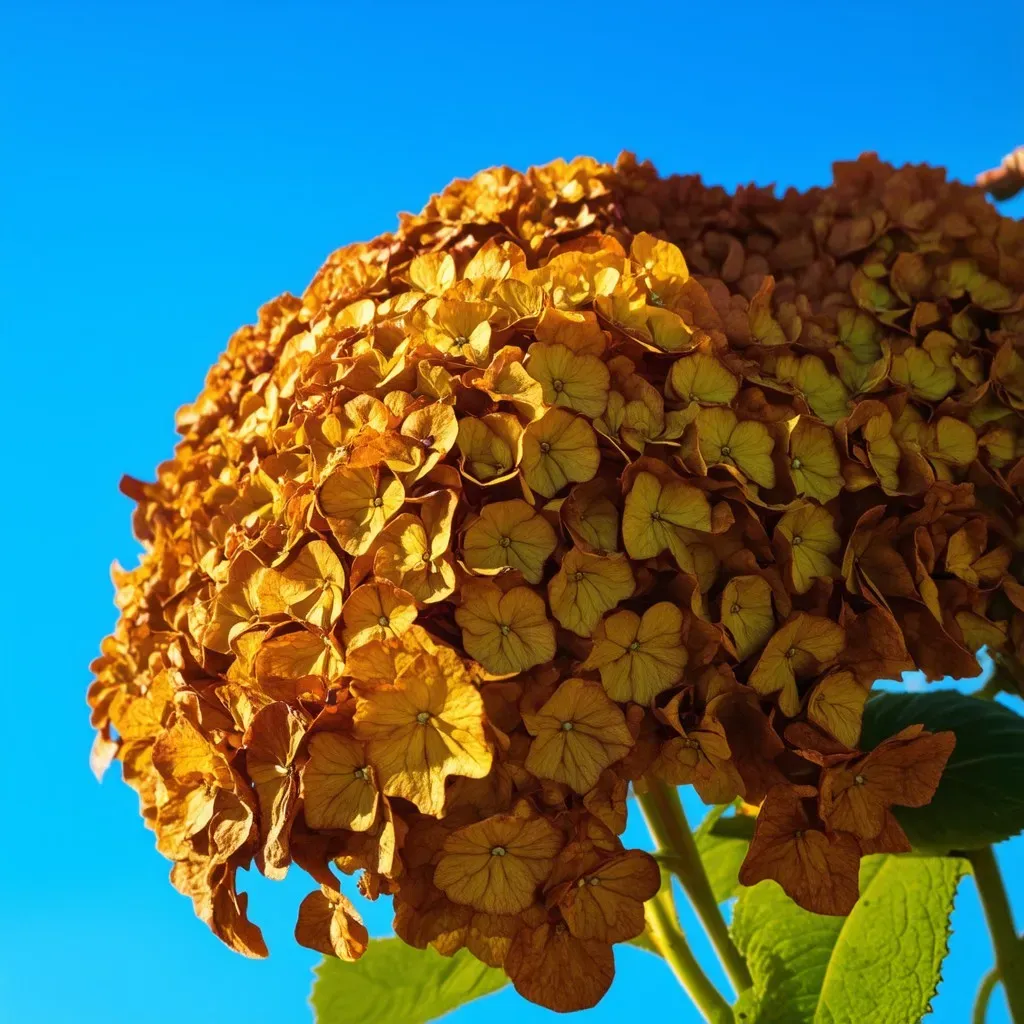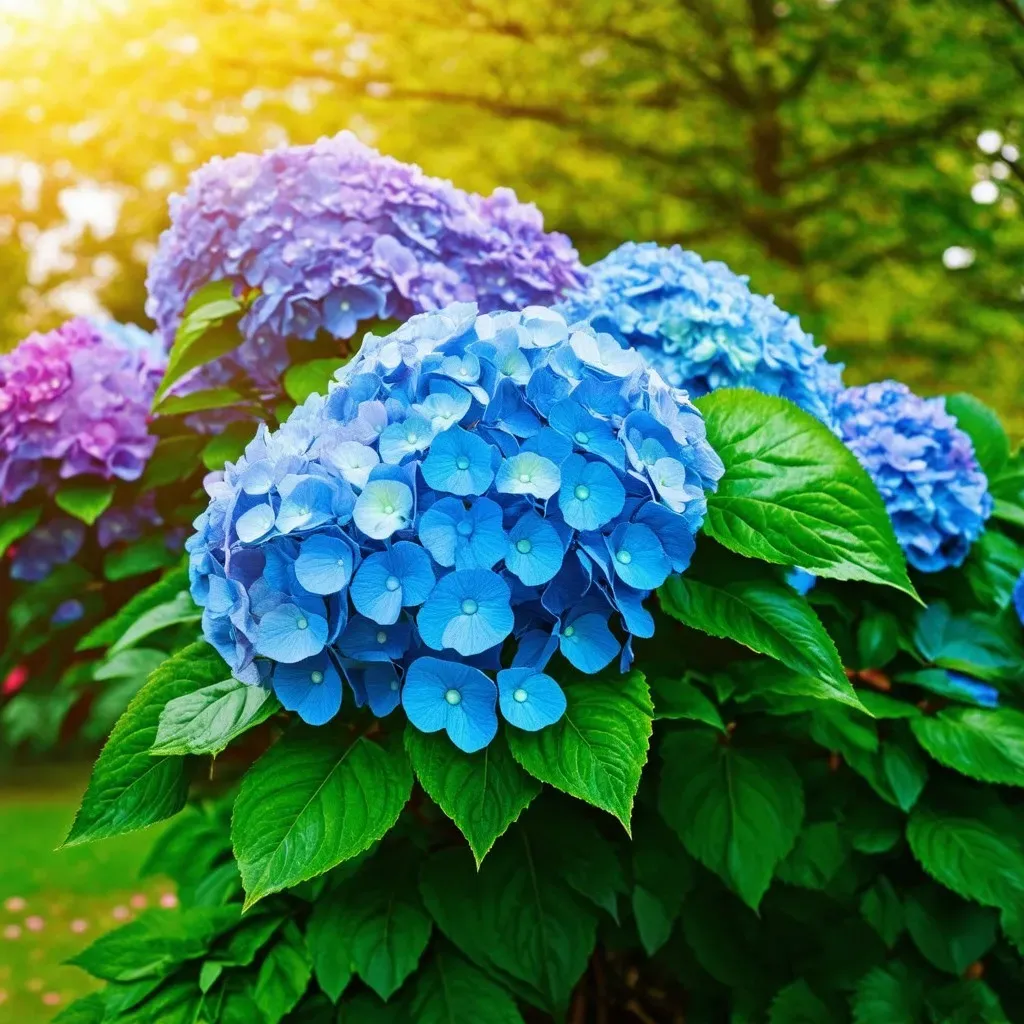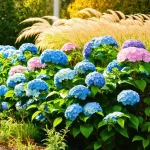Exact Info: Brown hydrangea refers to the phenomenon when hydrangea flowers or leaves change from their vibrant colors to shades of brown, often indicating stress, environmental impacts, or care issues.
Brown hydrangeas can be both intriguing and concerning to gardeners. While hydrangeas are celebrated for their beautiful blooms that typically come in shades of blue, pink, and white, encountering a brown hydrangea can signify several underlying issues. Understanding why your hydrangea flowers are turning brown or why the leaves are browning can help you take corrective actions and maintain their beauty.
Common Causes of Brown Hydrangeas
1. Water Stress
One of the leading causes of brown hydrangeas is improper watering. Hydrangeas require consistent moisture levels in the soil. Both over-watering and under-watering can lead to issues, causing brown blooms or browning leaves.
- Over-watering can cause root rot and nutritional deficiencies.
- Under-watering leads to wilting, brown edges, and crispy leaves.
| Watering Condition | Symptoms |
|---|---|
| Over-watering | Root rot, smaller blooms, leaves turn brown |
| Under-watering | Crispy leaves, wilting, flower wilting |
2. Environmental Stress
Environmental factors such as extreme temperatures and sunlight exposure contribute to browning. Most hydrangeas thrive in moderate temperatures and can suffer when exposed to harsh conditions.
- High temperatures can scorch the leaves and flowers, resulting in browning.
- Too much direct sunlight can dehydrate the plant.

3. Nutrient Deficiencies
Brown hydrangeas can indicate a lack of essential nutrients. Hydrangeas require a balance of nitrogen, phosphorus, and potassium for healthy growth. Deficiencies in these nutrients can weaken the plant, leading to brown blooms.
4. Pest Infestation and Diseases
Pests and diseases can significantly impact the health of hydrangeas. Common culprits include aphids, spider mites, and fungal infections.
- Pest infestations can weaken the plant, causing brown patches.
- Fungal diseases often lead to widespread browning of leaves and flowers.
Tips for Reviving Brown Hydrangeas
If you notice that your hydrangeas are turning brown, don’t despair. Here are some tips to help rejuvenate your plants:
1. Assess Watering Practices
Review your watering schedule. Ensure your hydrangeas receive deep watering less frequently rather than shallow watering more often.
2. Monitor the Environment
Consider relocating your hydrangeas to a spot with partial shade if they are receiving too much sun. Morning sun and afternoon shade can help protect hydrangea blooms from scorching.
3. Fertilize Wisely
Use balanced fertilizers during the growing season to ensure that all essential nutrients are provided. Avoid over-fertilizing, which can lead to Other problems, such as burnt foliage. For an authentic guide, refer to Gardener’s Path.
4. Inspect for Pests and Diseases
Regularly check for signs of pests or disease. Treat infestations promptly with appropriate insecticides or fungicides designed for hydrangeas.
5. Proper Pruning
Timely and proper pruning can stimulate growth and promote healthier blooms. Remove dead or infected branches to encourage new growth.
Reference Video
FAQs About Brown Hydrangeas
What causes my hydrangea blooms to turn brown?
Hydrangea blooms may turn brown due to environmental stress, including inadequate or excessive watering, nutrient deficiencies, or pest infestations.
How can I fix my hydrangea if it’s turning brown?
To fix a brown hydrangea, assess your watering practices, ensure the plant is in optimal light conditions, and check for pests or diseases. Implement timely pruning and appropriate fertilization.
Can I revive a completely brown hydrangea?
While it may be challenging, completely brown hydrangeas can sometimes be revived with proper care. Trim away dead parts, enhance watering practices, provide shade, and monitor nutrient intake.
Are there any hydrangea varieties that are naturally brown?
Some hydrangea varieties, such as ‘Penny Mac’ or certain oakleaf types, may have muted colors that can appear brown during specific seasons or due to environmental factors.
What temperature can hydrangeas tolerate?
Hydrangeas generally prefer temperatures between 30°F and 90°F. Extreme temperatures can stress the plant, leading to browning blooms and leaves.
How can I prevent my hydrangea from browning again?
To prevent browning, regularly monitor watering conditions, provide necessary nutrients, avoid overexposure to sun, and watch for pests and diseases.
In summary, while brown hydrangeas may initially seem like a cause for concern, understanding the underlying issues can guide you in providing the right care. By assessing water levels, environmental conditions, and nutritional needs, gardeners can find solutions to this common issue and ensure their hydrangeas remain vibrant and beautiful.

Incorporating these guidelines can transform your brown hydrangeas back to their former glory, adding a splash of color and life to your garden. Happy gardening!

